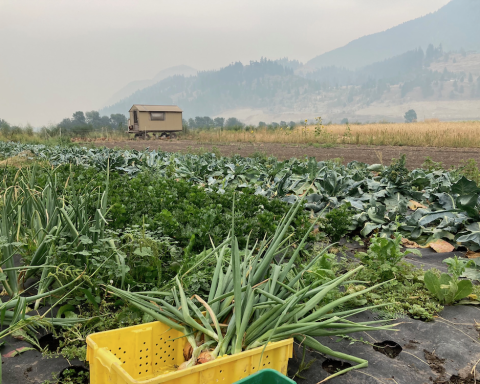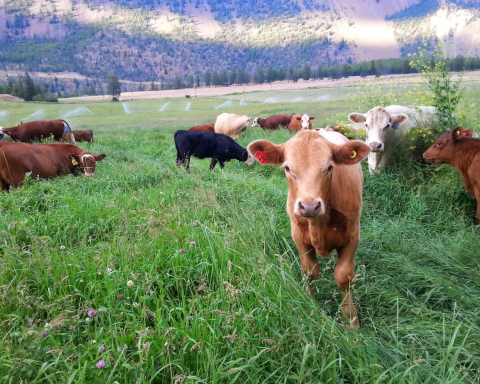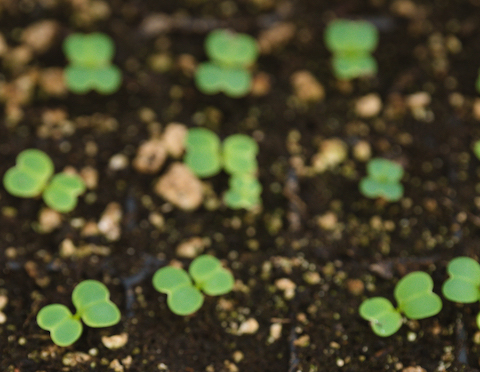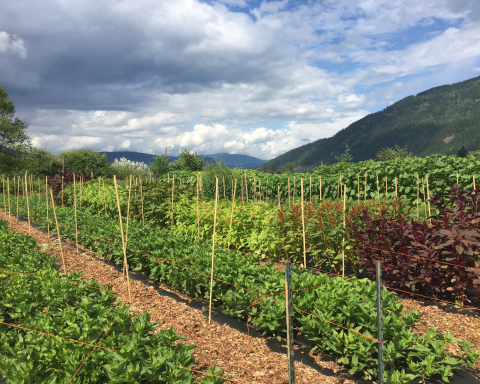Andrew Adams
As the sun began to exert its warmth upon the land in the late August midmorning hours, I went for a walk through my fields. Every morning I go for this walk. The sweet smell of cannabis plants engulfs me upon arrival. It’s not too overbearing, nor is it “smelly” as some would tell you. Notes of mint, lemon, hops, and even lavender waft in the air with gentle caresses on the flowers, which resemble the black spruce that dot the landscape in our wet and cold climate ecosystem. The senses being stimulated by aromatic compounds and sunlight create a happy nearly euphoric state. My inner 16-year-old can’t believe I have a field brimming with cannabis plants.
While data is still being analyzed on our hemp plots, I hope to give readers a bit of our observational data, the challenges, the triumphs, and just a bit of hope for a crop this farmer believes can become a crop that will not only alleviate the pains of growing crops such as hay but also could spur a new green industry for the region.
After the legalization of recreational cannabis, I visited a licensed producer in the Vancouver area to tour their facility as a part of the Agriculture Land Commission. I soon decided to grow my legal four plants after seeing this greenhouse full of giant plants. I had used Cannabis recreationally as a 20-something in university and enjoyed its effects but when I immigrated to British Columbia the potency was far from enjoyable to me and I had walked away from this botanical miracle plant.
After deciding I wanted to try to grow Cannabis I sought out a variety that was akin to a wild Cannabis plant in Siberia with very low THC, high CBD and a trait known as auto-flowering, or non-photoperiod dominant. Non-photoperiod dominant is simply a plant that does not initiate flowering based on number of daylight hours; rather, the plant runs by its own internal clock. For our long summer days and short season this trait is a must for outdoor growing. The plants grew well, and were shorter than the giants some Cannabis enthusiasts grow in their yards or houses.
While watching my legal four grow it was obvious to me that what the hemp-loving crowd had been screaming for decades was true. These plants have so many uses and require little attention and, most importantly, handle frost well. In our cold climate region known as the SBSvk, which is the coldest and wettest of the biogeoclimatic regions in the Prince George region, frost tolerance is important. As a youth I had thought the Cannabis species was more of a tropical plant so its frost tolerance came as a surprise.
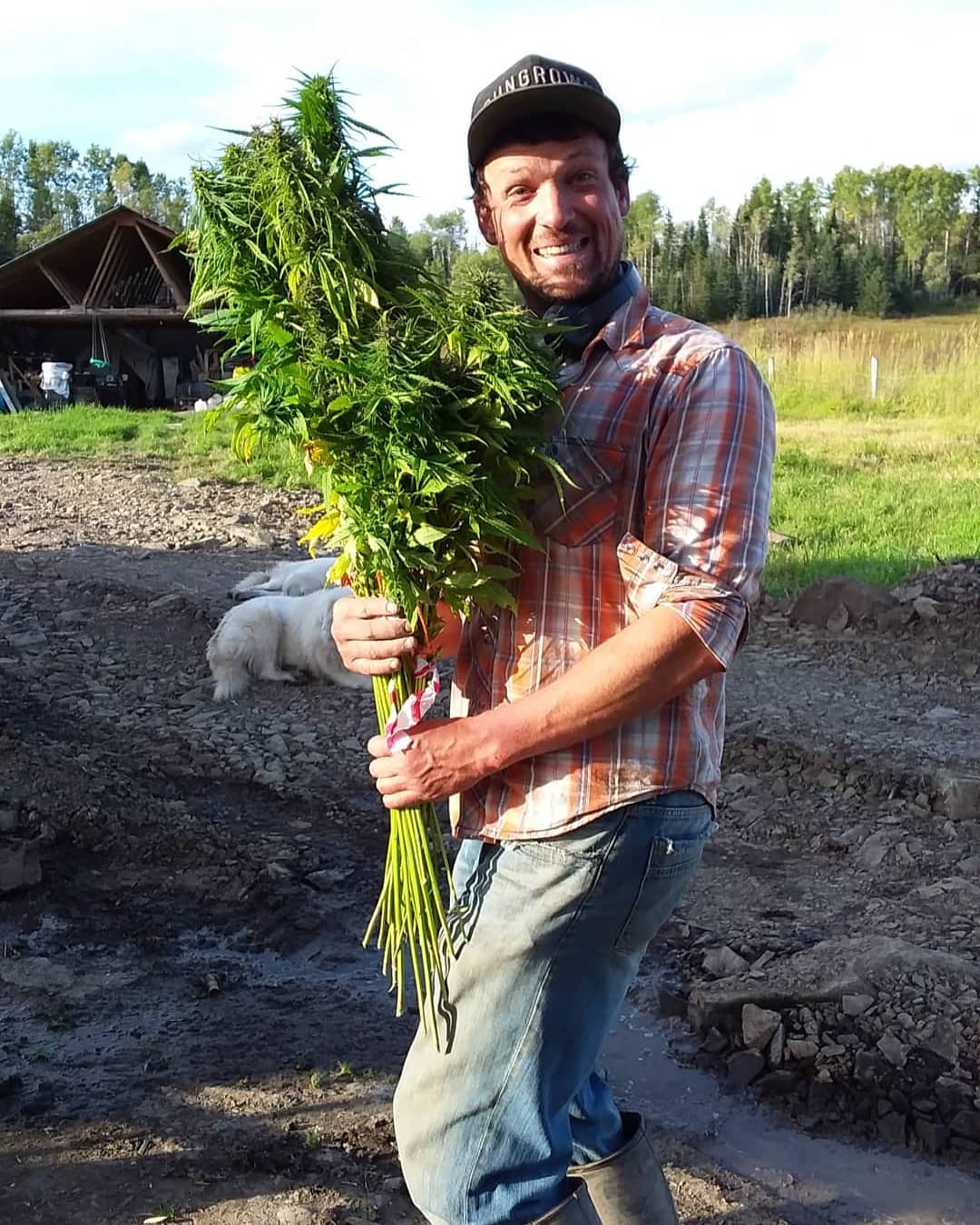
During this experiment I immersed myself in the literature of the species and its controversial history of being made illegal in large part due to racism against Mexicans and African Americans. The more I read the more I wanted to grow hemp almost as a sign of legal protest to the wrongs our society has done in the past.
I attained my license last winter, bought seed, contacted University of Northern British Columbia professor Dr. Lisa Wood, and began the experiment.
Our Class 7 farm has several small microclimates and various soils, most of which can be considered poor. I’ve never let that classification deter me from turning our “poor farmland” into a vegetable farm—nor would I let it deter me from growing hemp.
We chose the earliest of plots to be placed on a south-facing slope that has the best soils as well as the best micro climate. We also planted a late crop in low-lying super clay-dominant plots, which got a summer worth of rain on them. Low-lying clay plus never-ending rain equals ponds. I expected the low plots to fail miserably. The early plots were planted in the last week of May, mostly due to not being able to cultivate the field due to the soil saturation. The low plots were planted a month later.
To my surprise, the low plots caught up to the early plots and by observation (I haven’t gone over exact numbers as of writing this) I would say they did better as they had larger colas (flowering heads) and just looked more vibrant. These were the results I had hoped for but didn’t expect.
My desire to grow hemp, or Cannabis with low THC (lower than .3%), is that of food and fiber production. With climate change causing drastic “weather events,” I hoped that we could plant a crop very late but still harvest a protein-rich food source with excellent fatty acids as well. According to the research prior to planting there appears to be a correlation between higher latitudes and omega fatty acid content. The higher the latitude, the higher the omega-3s and -6s. Lab results will tell us if this is true.
One thing we learned from the early plots is that hemp does not like competition. With the cooler early season temperatures, the hemp grew slow to start while the weeds took over quickly. Planting late, we were able to cultivate out the weeds and as the temperatures were more favorable the hemp grew with astounding speed and outcompeted the weeds. Controlling weed competition, as with most crops, is imperative for a desirable yield.
As we move into year two of trials, we will now plant later for all plots to control weeds, as well as initiate flame weeding to give the hemp an upper hand. We may also be purchasing a small (very small) combine to harvest the crop as I had scythed the experiment that ran this past summer.
The data that we pour over this winter will ultimately tell us which direction we should be moving and we will carry out four more years of trials before we adopt this crop fully on to our little farm. Stay tuned!
Andrew Adams is the co-founder and farmer at Hope Farm Organics in Prince George. Andrew has a Bachelor’s of Science in Agriculture from Kansas State University and his partner Janie has a Bachelor of education. After seeing the state of food security and agriculture in the north the two felt obligated to make real change in the form of organic food production and thus created Hope Farm in 2011.
Featured image: Hemp seedlings. Credit: Hope Farm Organics.



